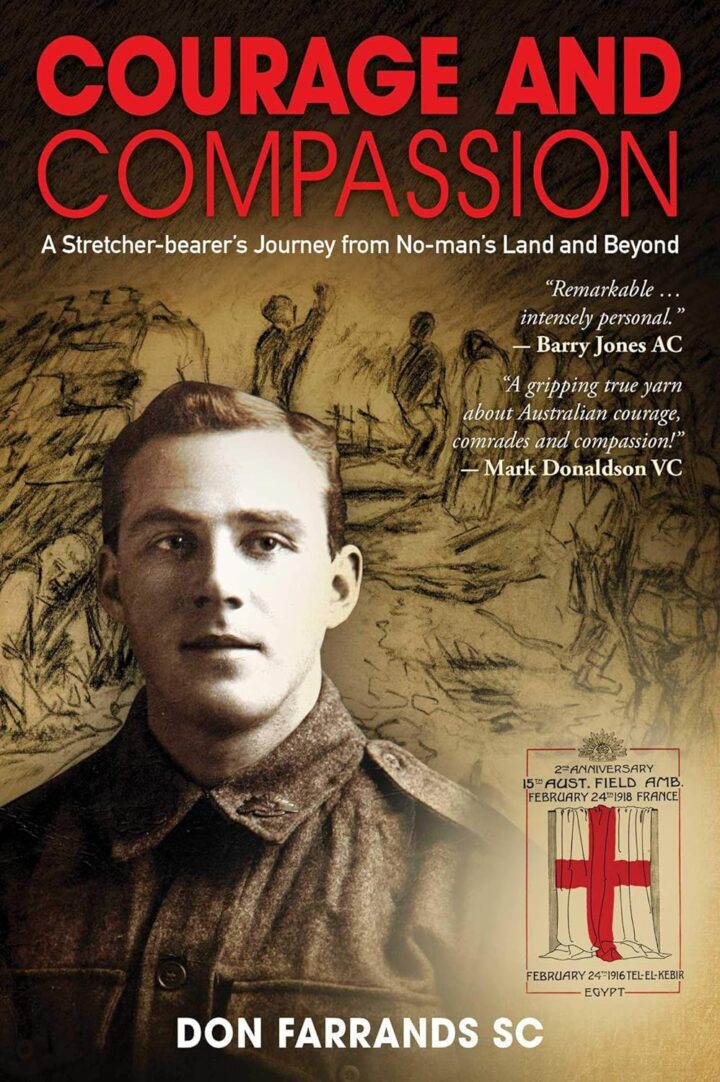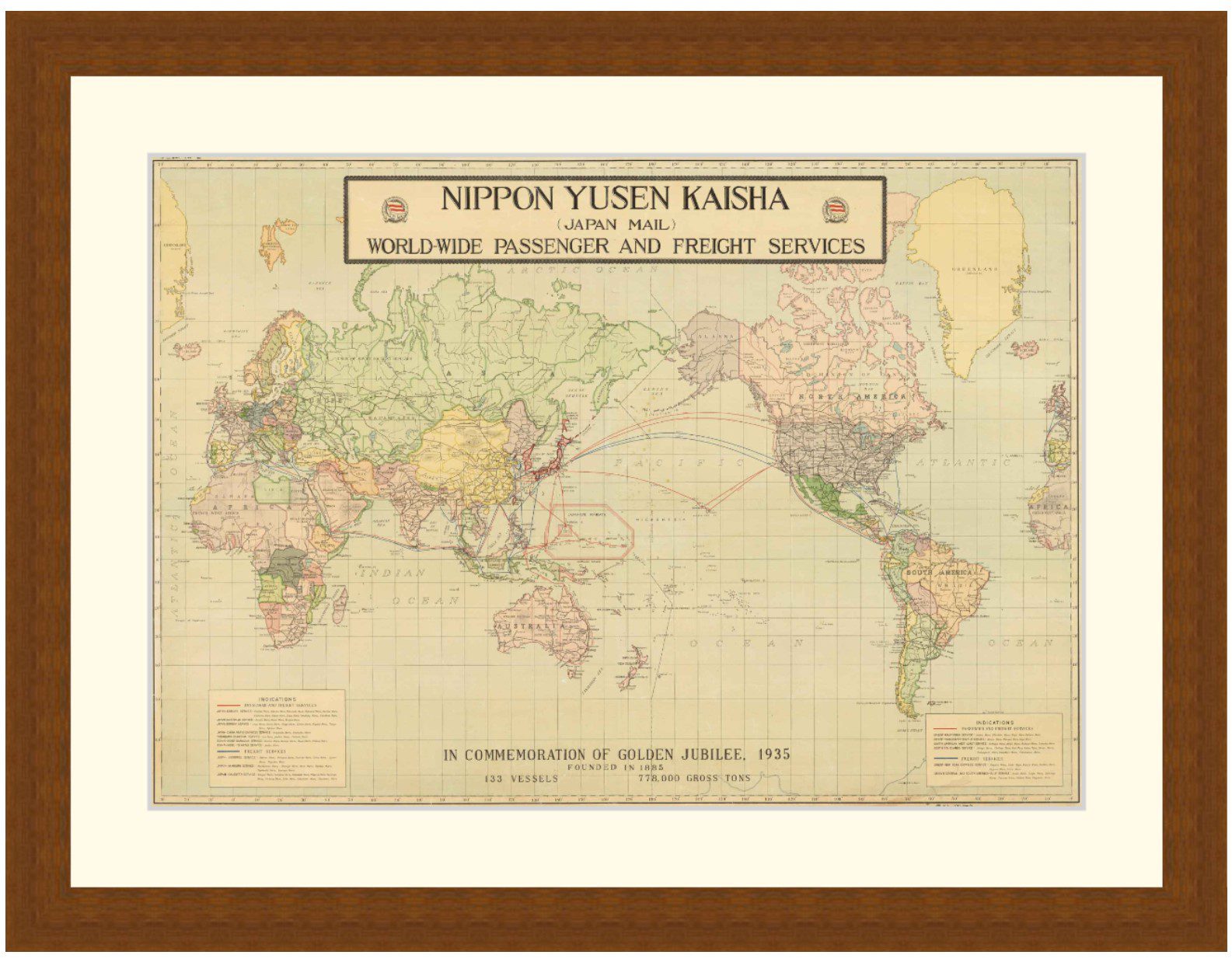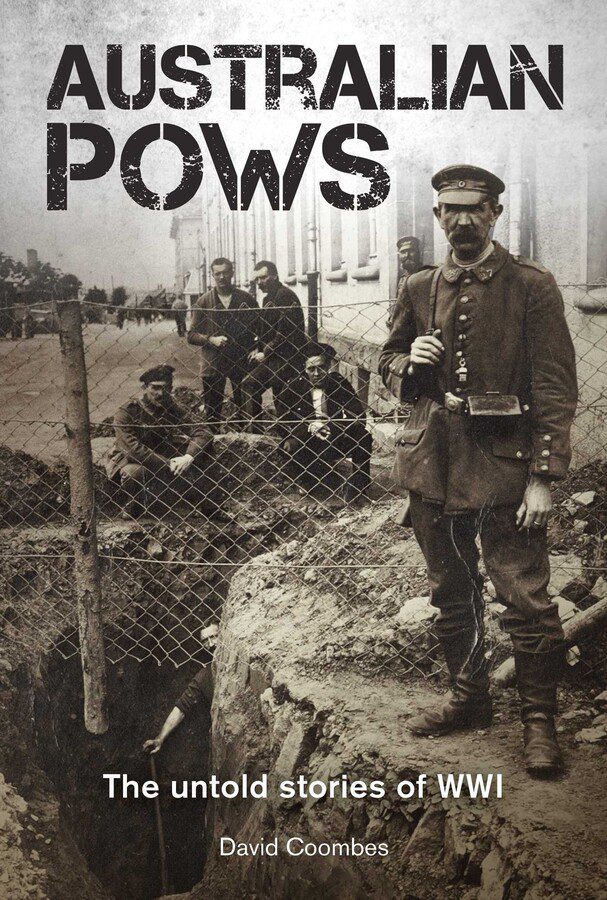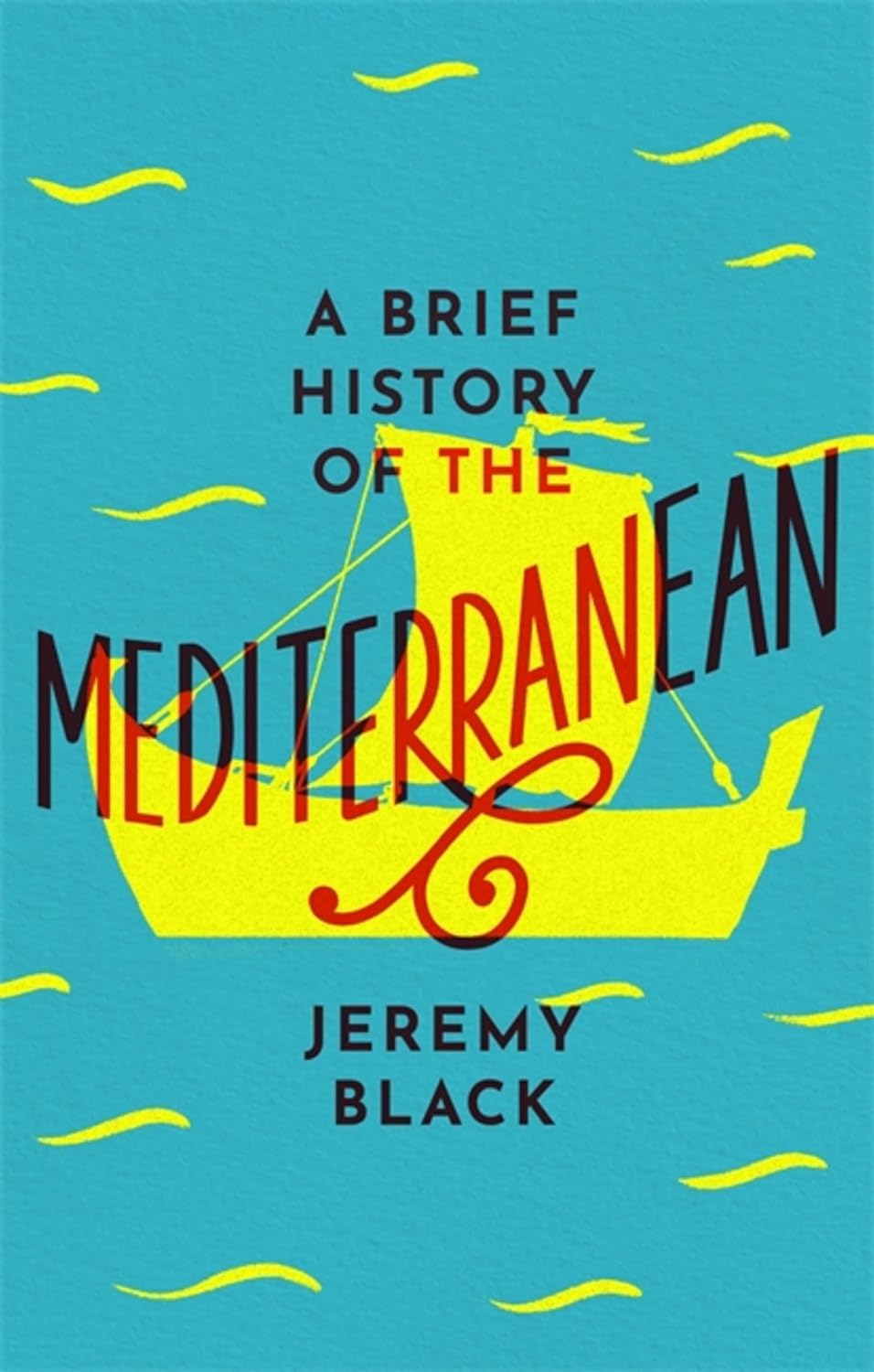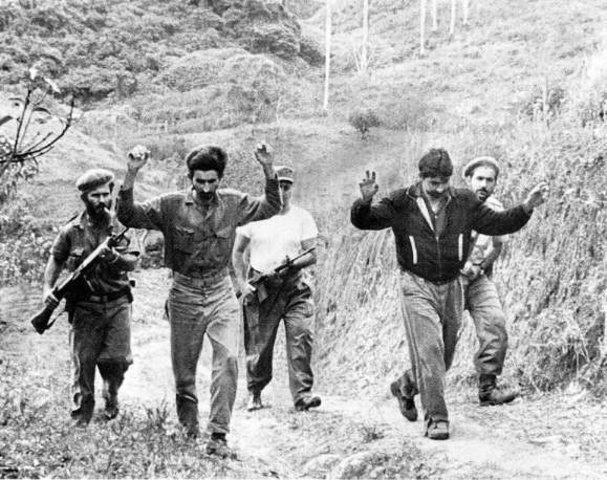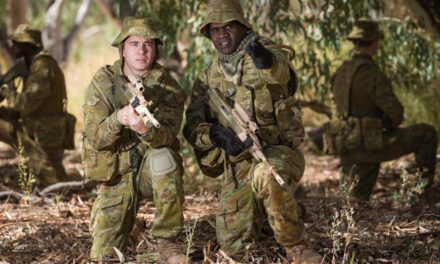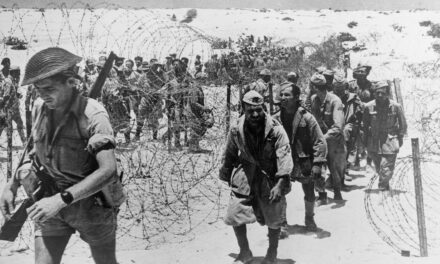Reading time: 1 minute
His is the true story of a young Australian soldier whose life of opportunity was challenged by trauma and salvaged by strength.
Nelson Ferguson, from Ballarat, was a stretcher-bearer on the Western Front in France in World War I. He survived the dangers of stretcher-bearing in some of Australia’s most horrific battles: the Somme, Bullecourt, Ypres and Villers-Bretonneux. In April 1918, at Villers-Bretonneux, he was severely gassed. His eyes were traumatised, his lungs damaged. Upon his return home, he met and married Madeline, the love of his life, started a family, and resumed his career teaching art. But eventually the effects of the mustard gas claimed his eyesight, ending his career. Courageously enduring this consequence of war, he continued contributing to society by assisting his son and son-in-law in their stained-glass window business. Advances in medicine finally restored his sight in 1968, allowing him to yet again appreciate the beauty around him, before his death in 1976.
The story of this Anzac will stir your soul. It is a story of war and bravery, pain and strength, hope and miracles.
Don Farrands’ lovingly told story of war and peace Nelson Ferguson’s story – the subject of Hannie Rayson’s play with the same title – is a remarkable one. In 1915 he went to war as a medic and was initially stationed in England. He applied to go to France where he witnessed the catastrophe of World War I hauling stretchers through most major battles, ending up at Villers-Bretonneux in 1918 where he was gassed, which severely impaired his sight. What makes his story remarkable is what comes after. He taught art until the early ’60s, when his sight went. Meanwhile his son and son-in-law started a stained-glass firm, with Ferguson as guiding spirit. In 1969, medical science restored his sight and he saw the glass creations for the first time. Don Farrands uses his grandfather’s diaries to recreate the tale lovingly, like one of the windows.
Sydney Morning Herald Review
Nelson Harold Ferguson enlisted in the Australian Imperial Force in July 1915. He was a young art teacher from Ballarat who joined up to be part of the adventure of war. Serving as a stretcher-bearer on the frontlines in Europe, his adventure rapidly became a nightmare. He returned home in January 1919 suffering debilitating injuries and facing an uncertain future. Later in life, Ferguson founded a stained glass business in Melbourne, earning himself the sobriquet the glass soldier. This book is by Ferguson’s grandson and draws extensively from his wartime diaries and letters. It’s a story of determination, faith, and love, and a reflection on the tragic human cost of war. Royalties from sales of the book are being donated to The Fred Hollows Foundation.
Adelaide Advertiser Review
This story shows what wonders can be born of such horrors…we must never forget.
Julian Burnside AO, QC
A truly visionary book as fine on the miracle of sight as John Hull’s masterpiece Touching the Rock or the masterful writings of Oliver Sacks.
Phillip Adams AO
Courage and Compassion is well written and tells an epic story of World War I from the perspective of a single young soldier from Australia. Although Nelson’s war ended more than 100 years ago, it is as relevant today as it was then to help us understand what is happening to soldiers right now. It exposes the lies that drive us to glorify war and downplay the invisible suffering that can last a lifetime for soldiers and their families.
It’s a deeply human story about courage and fear, the mess that is war, about stoicism and determination to persevere under dreadful conditions, and later to deal with disability while still having a wonderful family and good work. There is the bittersweet triumph when Nelson Ferguson regains his eyesight as an old man. For those who want to understand and appreciate the people of Australia, the story of Nelson is a great introduction.
C Burke
Courage and Compassion: A Stretcher-bearer’s Journey from No-man’s Land and Beyond – Book
By Don Farrands QC This is the true story of a young Australian soldier whose life of opportunity was challenged by trauma and salvaged by strength. Nelson Ferguson, from Ballarat, was a stretcher-bearer on the Western Front in France in World War I. He survived the dangers of stretcher-bearing in some of Australia’s most horrific…
Only 3 left in stock
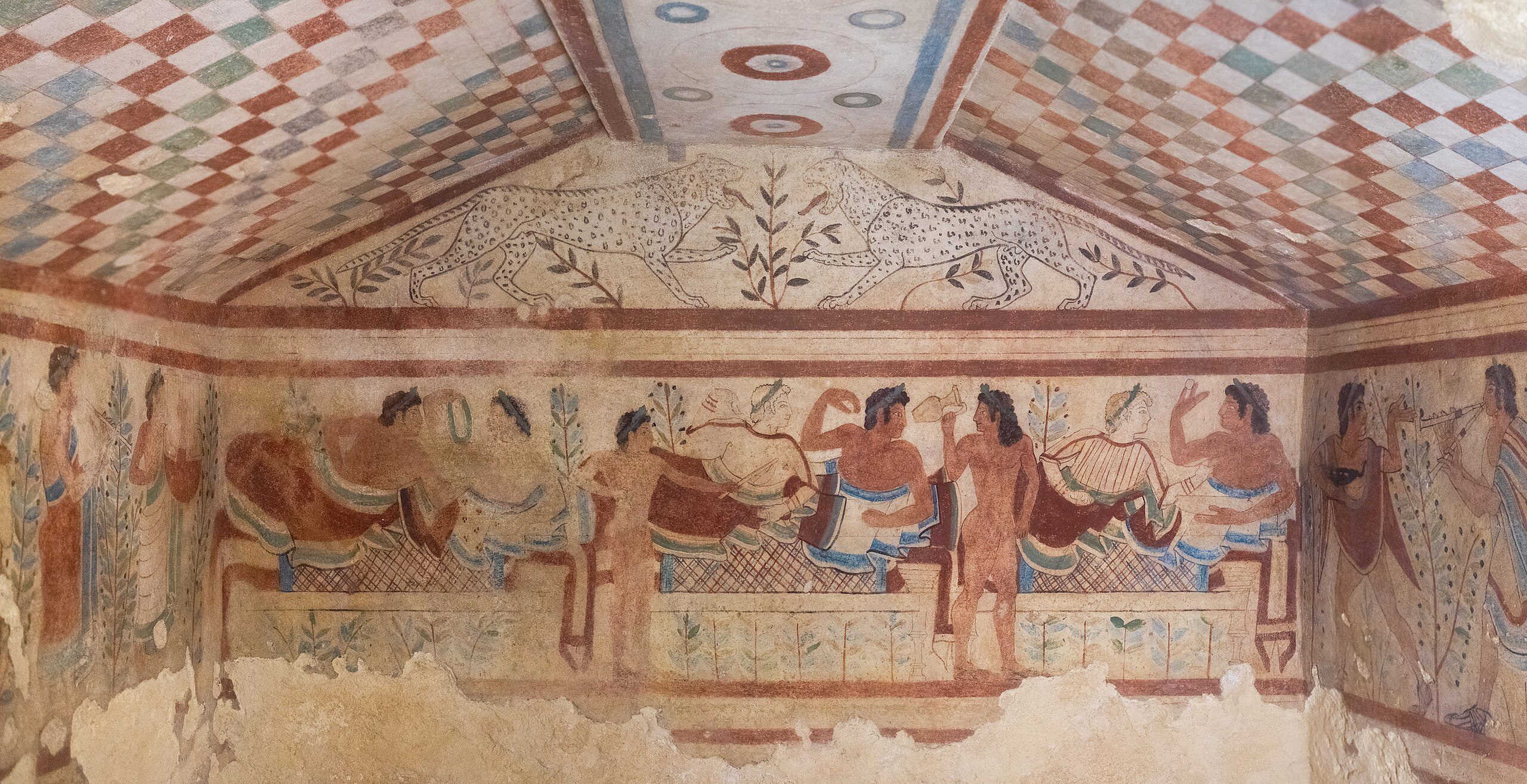
Weekly History Quiz No.287
1. Where was the ancient Etruscan civilisation located?
Try the full 10 question quiz.
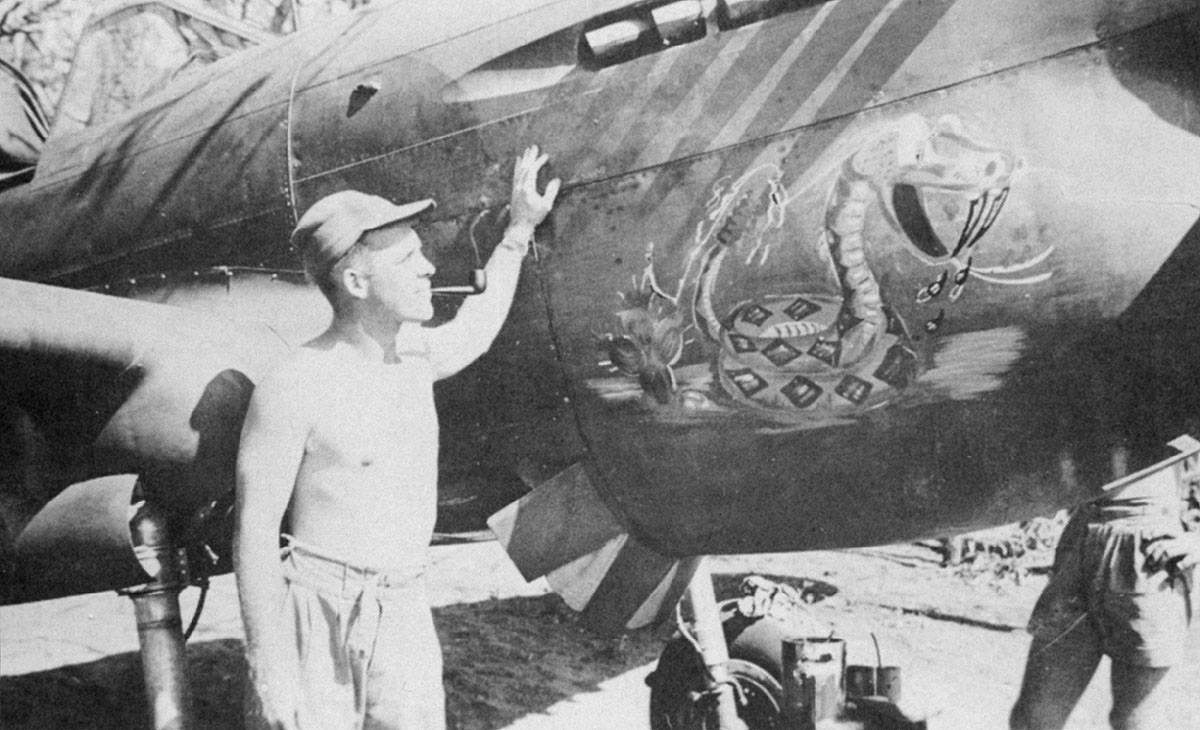
The USAAF 49th Fighter Group over Darwin: a forgotten campaign – Video
The prelude to the campaign of the 49th Fighter Group covers some of the darkest days of the Pacific War: the fall of Singapore on 15 February; the bombing of Darwin on 19 February during which the Japanese shot down nine of the ten P-40s of Major Floyd Pell’s 33rd Pursuit Squadron; and the sinking […]
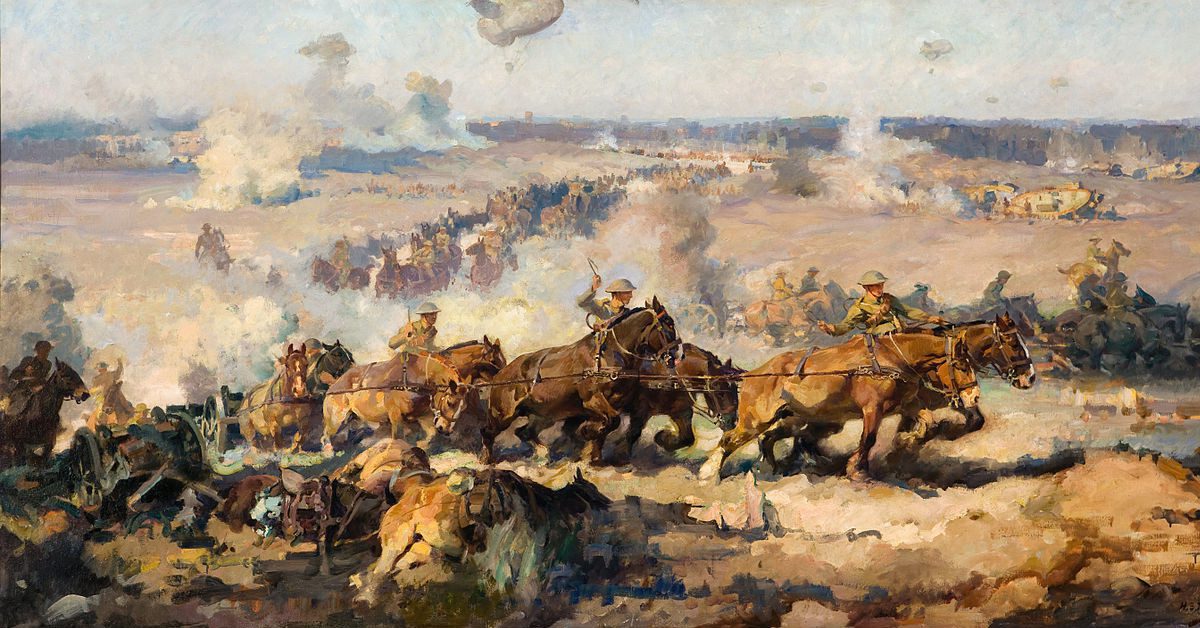
Free of the Trench: How British & Imperial Forces Overcame the Deadlock of the Western Front
Reading time: 12 minutes
The First World War came to an end just over 100 years ago, a mere moment’s time in human history. But as close as we are to it, a century is more than enough to surround that conflict with myth and misconception.
The image of the war on the Western Front, as brought to us through decades of outdated scholarship and popular fiction, is simple: two vast armies, each equipped with the latest murderous fruits of the industrial age, found they couldn’t decisively defeat one another in the field and so settled into a long, bloody, dirty, and consumptive war in which thousands of lives were thrown away every day, often for minuscule gains which would bring neither side meaningfully closer to victory.
The real story is more complicated. By 1916, it was plain to see that tactics like those championed by Haig, designed to draw out the enemy for a momentous set-piece battle, weren’t working, and even those neck-deep in the fight didn’t need the benefit of hindsight to recognise that.


